Beach flip-flops are typically worn as a form of light, casual footwear. Generally, they consist of a flat sole held on the foot by a Y-shaped strap that passes between the first and second toes and around the foot. Beach flip-flops can be divided into three types according to their users, including women's beach flip-flops, men's beach flip-flops, and cute beach flip-flops for children.
History of beach flip-flops
A pair of classic beach flip-flops found in Europe can dated to be around 1,500 years ago. Countries like ancient Egypt, ancient Greek, and Roma also found beach flip-flops as well. The modern beach flip-flops became popular in the United States as soldiers came back from World War Ⅱ. In the 1950s, the beach flip-flops were redesigned and changed into brighter colors to meet the American popular culture. During the 1960s, beach flip-flops became firmly associated with the beach lifestyle. In the 1990s, high-heeled and platform variants of beach flip-flops began to appear, and even kitten-heeled “kit-flops” in the late 2010s.
Materials of beach flip-flops
There is a wide range of materials that can be utilized to make beach flip-flops. Rubber is one of a kind that is commonly used for making beach flip-flops. Rubber beach flip-flops are easy to put on, and they are flexible and affordable as well. Polyester beach flip-flops are thin. They are suitable for the environment with water. Neoprene beach flip-flops are long-lasting and soft, while those made of nylon are relaxing and lightweight. As for the form beach flip-flops, they are comfortable, moldable, and good at absorbing shock. Leather beach flip-flops are a little bit expensive, but they are fashionable and stylish choices for users.
Differences between beach flip-flops and sandals
There are some differences between beach flip-flops and sandals. First, all beach flip-flops have an unattached, open back with no heel strap, so they often make snapping sounds as people wear them to walk, while sandals often have some kind of heel security, such as an ankle encircling strap. Second, typically, beach flip-flops do not have a heel but just flat and thin soles. However, sandals have a wide range of heel styles and heights. Besides, beach flip-flops are commonly used for informal scenarios because they are casual and suitable for off-duty wear. On the other hand, sandals are more formal. Some sandal styles can be elevated enough to wear with full-on evening gowns. Moreover, beach flip-flops are often lightweight, making them portable and easy to slip on and out. By contrast, sandals are made of sturdier materials, so they are more durable. Last but not least, beach flip-flops are generally more cost-effective and budget-friendly than sandals.

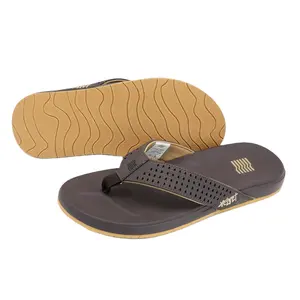















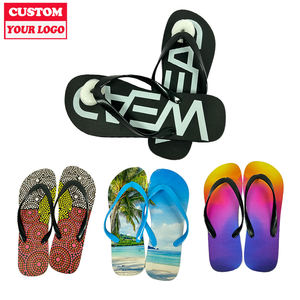
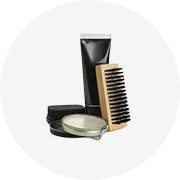
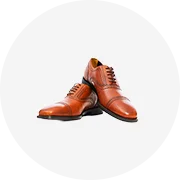
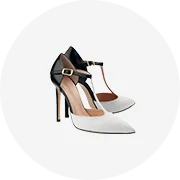
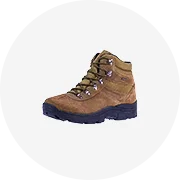
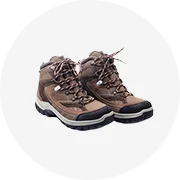
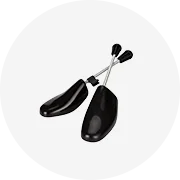

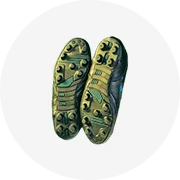








 浙公网安备 33010002000092号
浙公网安备 33010002000092号 浙B2-20120091-4
浙B2-20120091-4